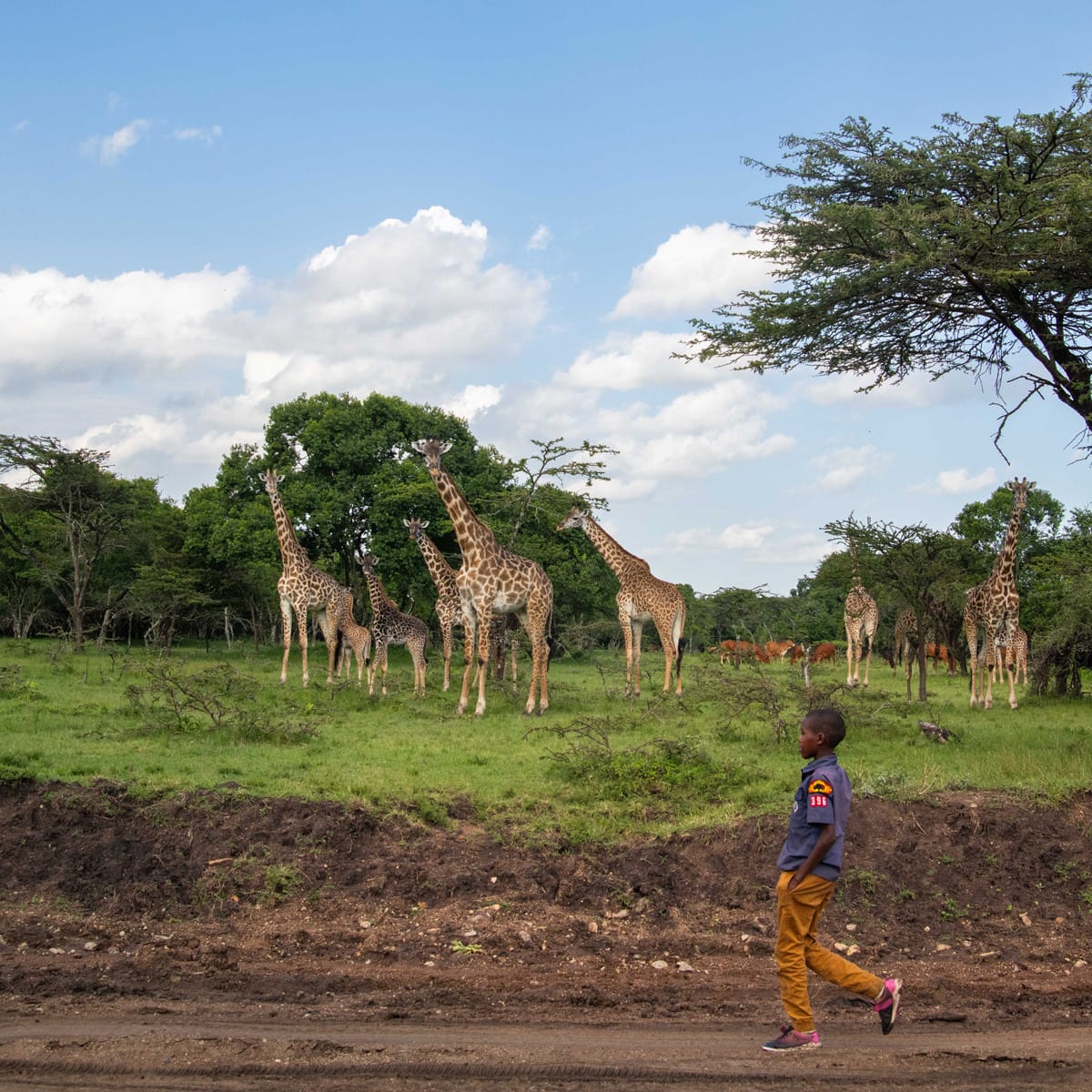Supporting the integral relationship between pastoralists and rangelands
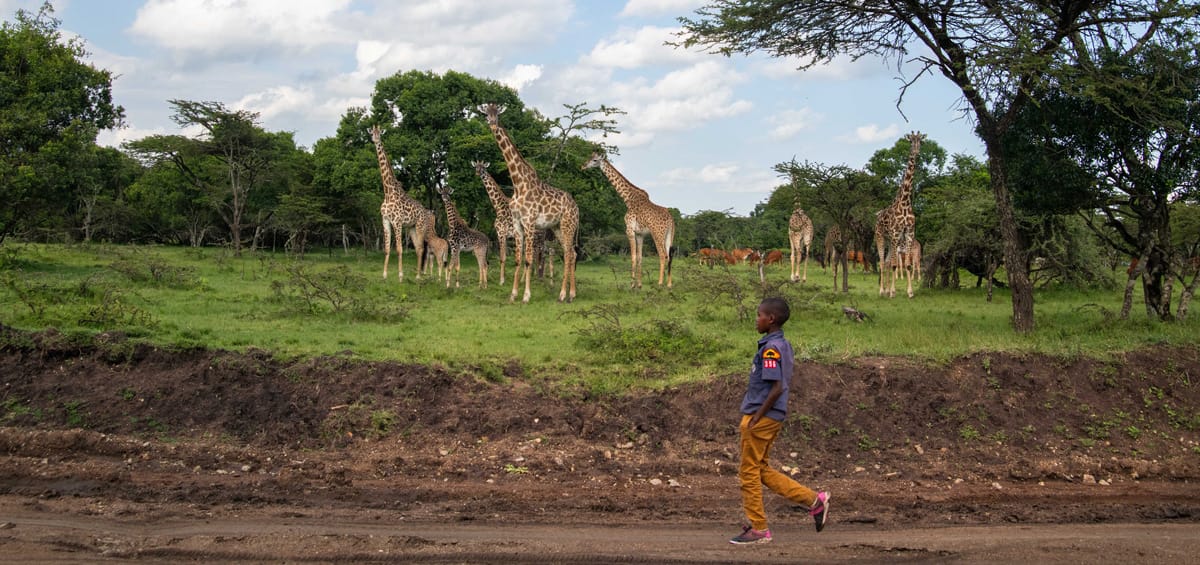
A young boy walks where the Nyekweri forest meets the Maasai Mara rangelands, home to iconic wildlife such as the giraffe | Roshni Lodhia/Legado/TPP
Indigenous Peoples still steward many of the world’s most biodiverse landscapes. This relationship between land and people has created an intimate knowledge of the environment—knowledge that is key to mitigating climate change and protecting biodiversity.
A prime example of this are the thousands of acres of native grasslands and shrubby vegetation known as rangelands in East Africa. Rangelands are defined by the presence of native vegetation, and by the fact that they are managed by animals grazing on them, not by human planting or harvesting.
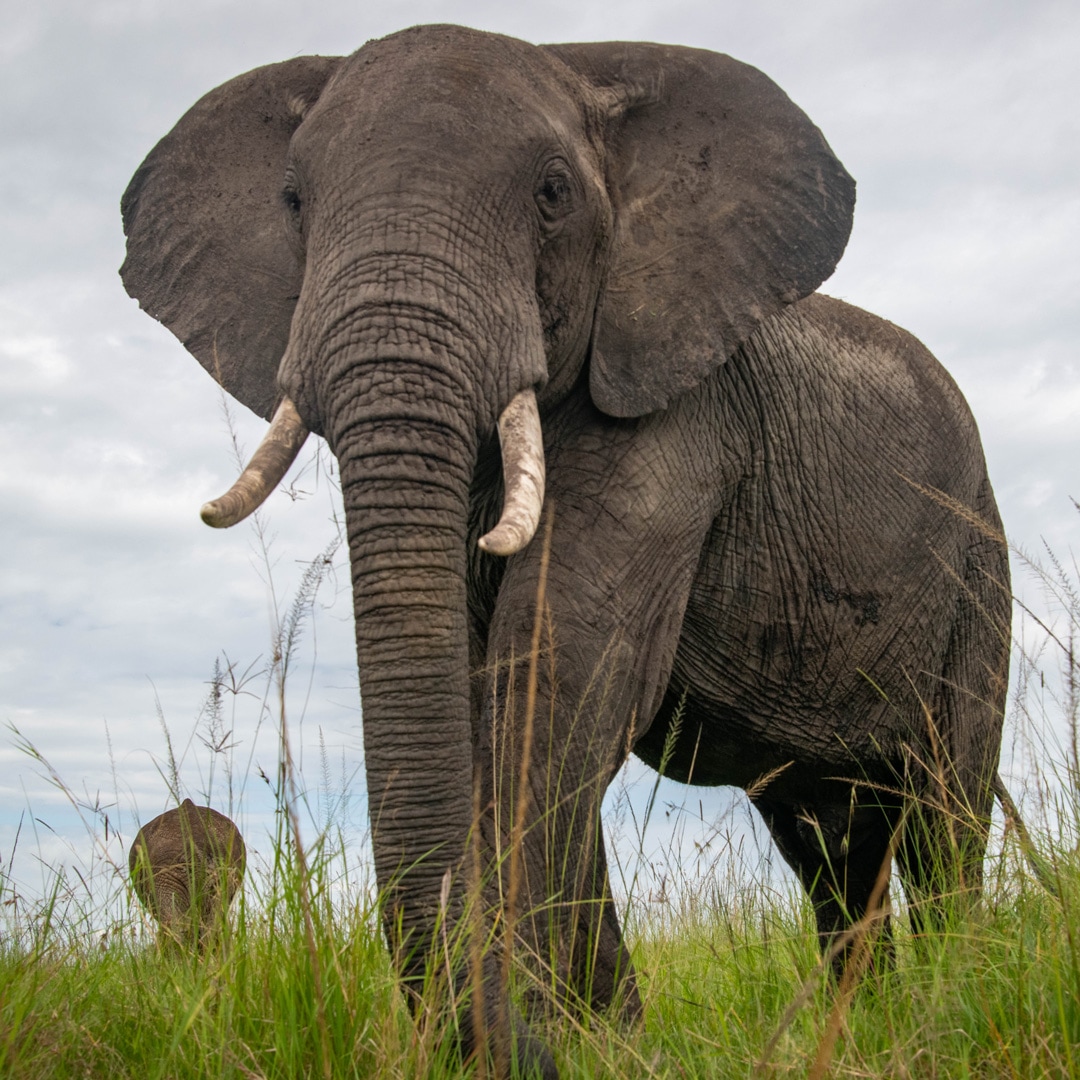
East African rangelands are home to a diversity of megafauna, including African elephants | Roshni Lodhia/Legado/TPP
For centuries, these rangelands have also supported humans: pastoralists such as the Samburu, the Maasai, and others. Pastoralism describes the way of life for the Samburu and other Indigenous peoples of East Africa who graze their livestock (cattle, goats, sheep and camels) over large swaths of semi-arid land.
The rangelands of the Maasai Mara Reserve and the adjacent Serengeti National Park in Tanzania are also home to the annual Great Migration, when millions of herd animals, including wildebeest, zebra, and antelope, travel a thousand miles to graze. These plains are also inhabited by some of East Africa’s most iconic wildlife: lions, elephants, giraffes and more.
How the nomadic way of life protects biodiversity
Rangelands in East Africa stewarded by Indigenous communities are often collectively managed, allowing them to remain open for grazing herds and wildlife migrations. This way of life maintains the rangelands’ critical role in sequestering carbon and maintaining biodiversity. It also safeguards wildlife hotspots and breeding areas for wildlife that have roamed the land for thousands of years—a natural process that supports environmental regeneration.
The pastoralist lifestyle and the knowledge systems Indigenous peoples rely on make communities more resilient in the face of droughts and other extreme weather changes brought on by climate change1. This is critical, as pastoralists maintain lands that are responsible for much of food production in the area.
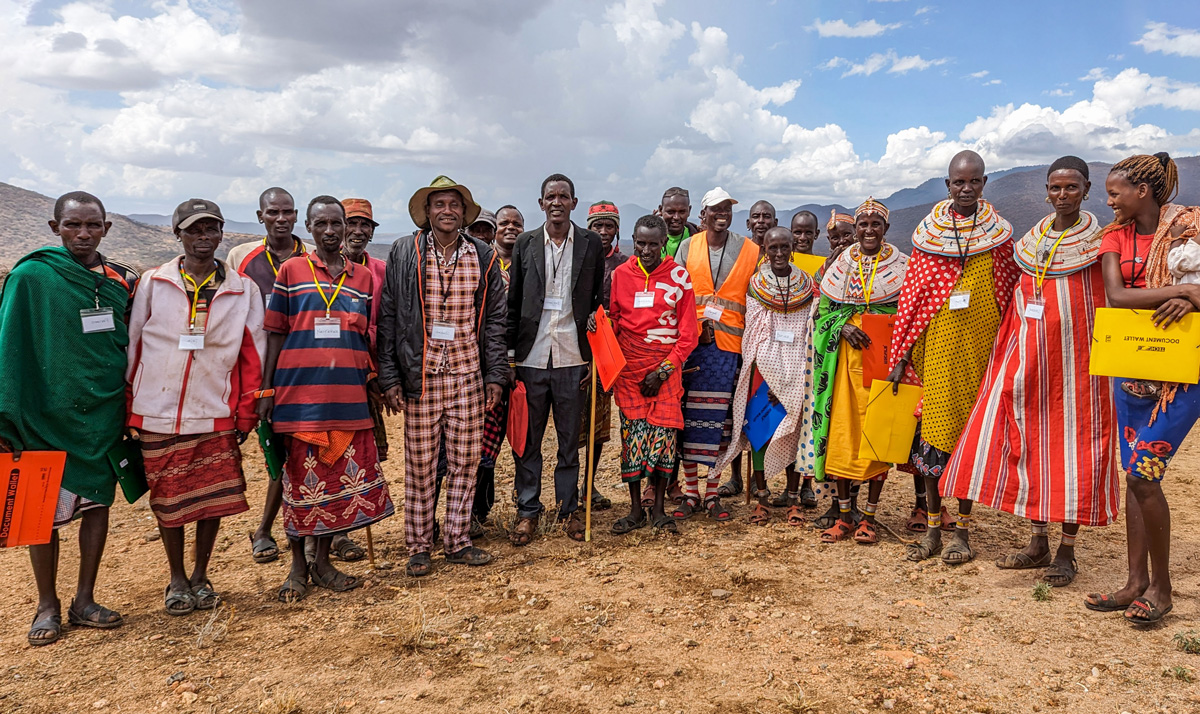
Community Members of Nolotoro and Naweniekoon zones of Ngilai Conservancy gather after two days of Legacy Planning | Legado
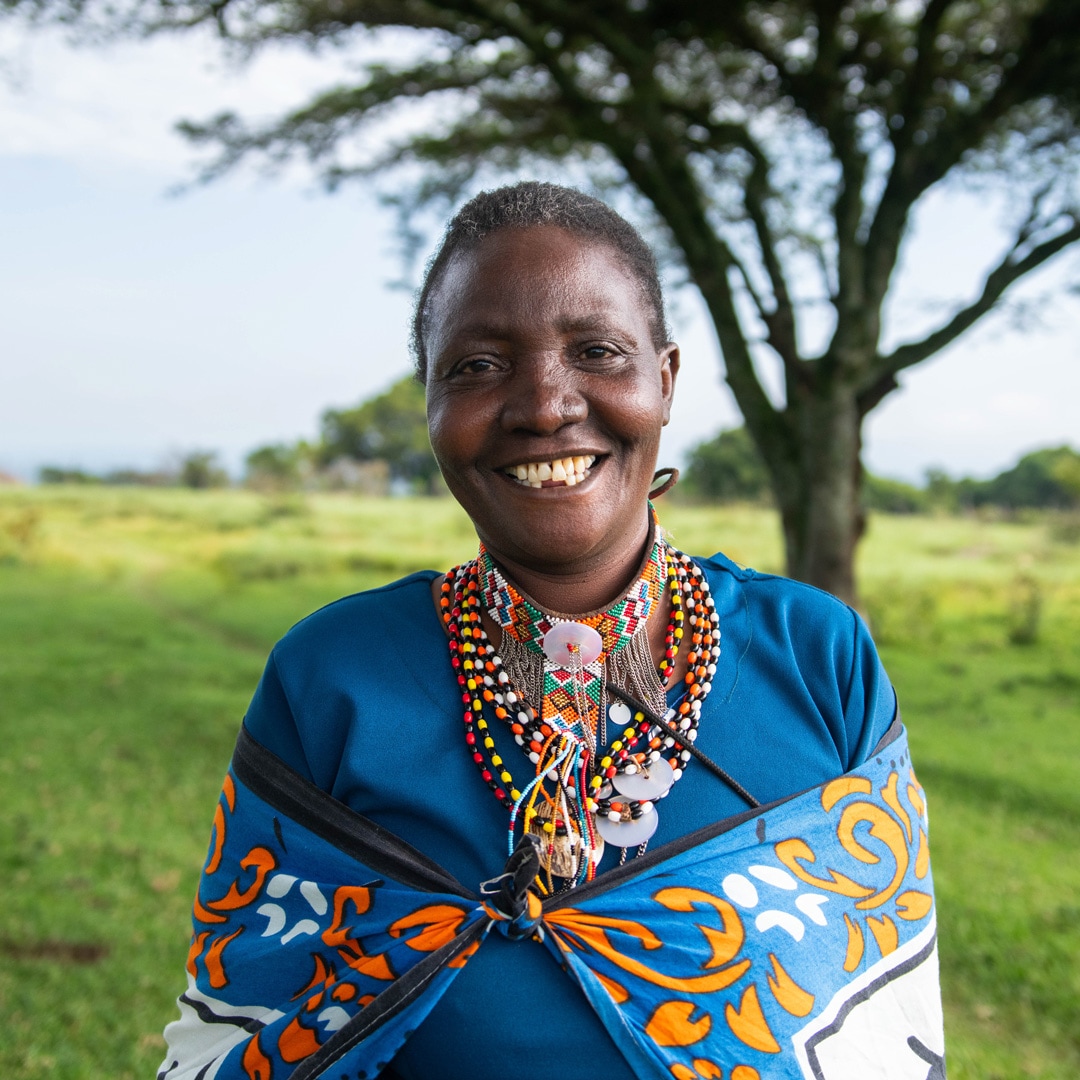
Sekepai Maina from Pusanki Village participates in our newest Kenya partnership in the Nyekweri landscape | Roshni Lodhia/Legado/TPP
How Legado advances climate justice in partnership with pastoralists
Legado currently supports two projects in partnership with Indigenous people who rely on and steward rangelands: the Samburu in Northern Kenya, who live in and around the Matthews Range, and the Maasai who live where the Nyekweri forest meets the rangelands of the Maasai Mara Reserve.
Through these projects, we co-create Landscape Plans and Legacy Plans with Indigenous Peoples that center their way of life and their own vision for the future of their lands—a vision that includes their environment alongside their education, livelihoods, governance, health, and more. By prioritizing how areas of human well-being intersect with the health of the land, we help support Thriving Futures in regions that are critical for maintaining biodiversity.

